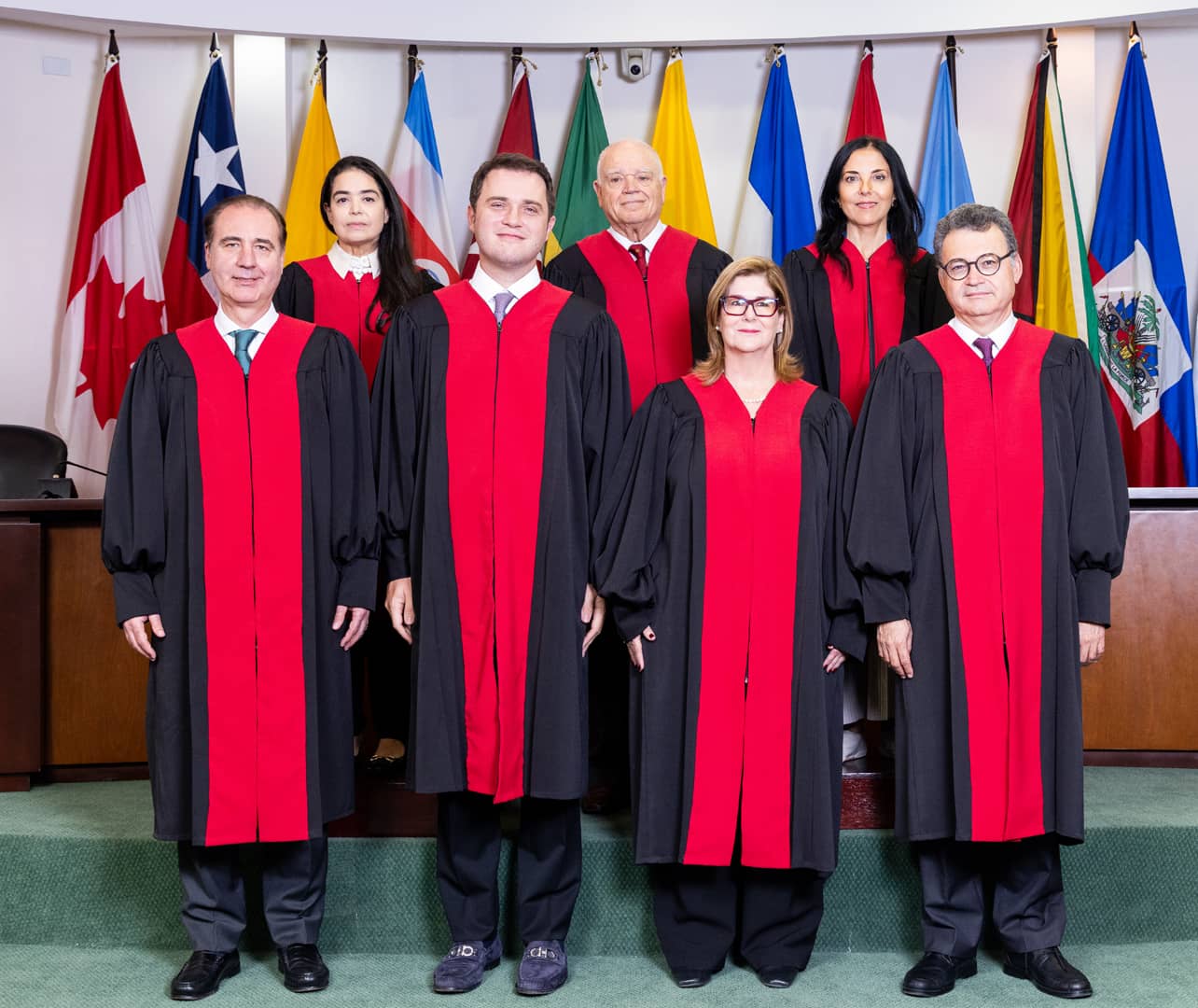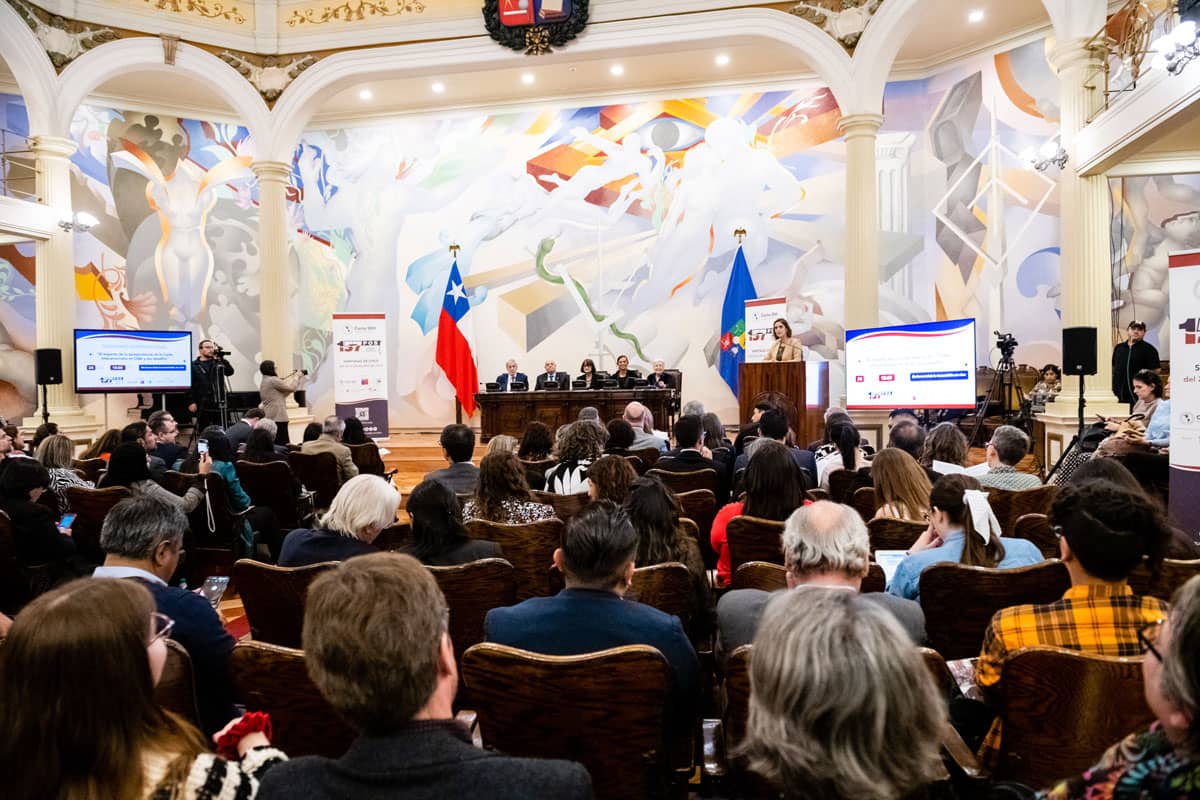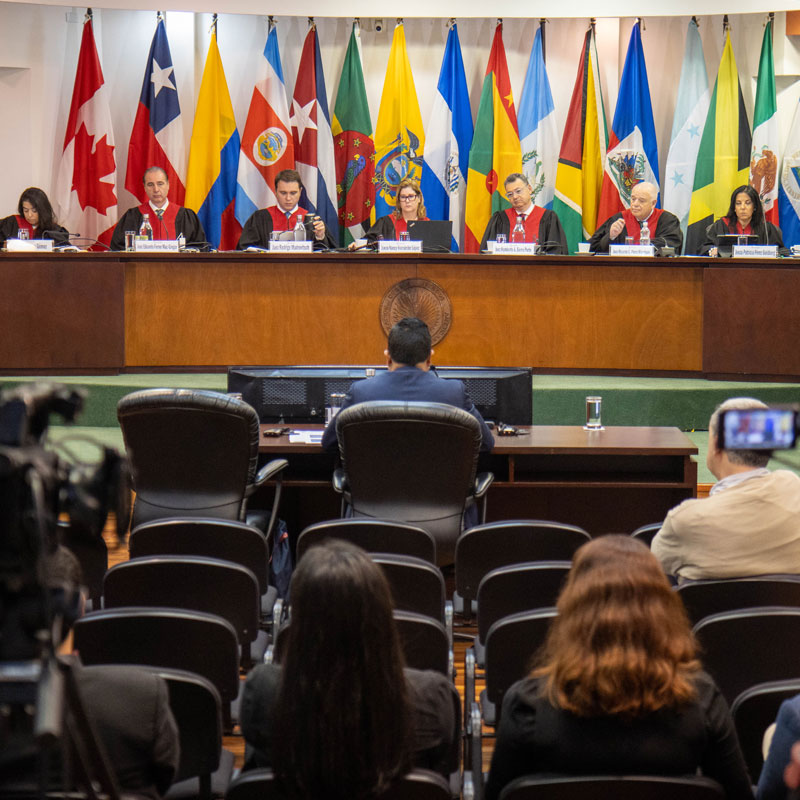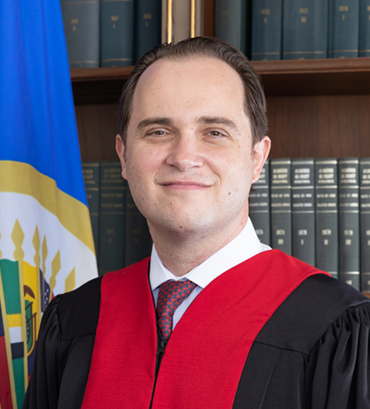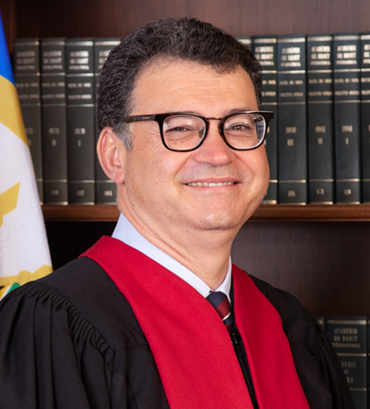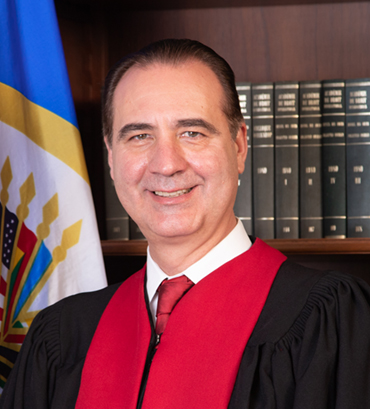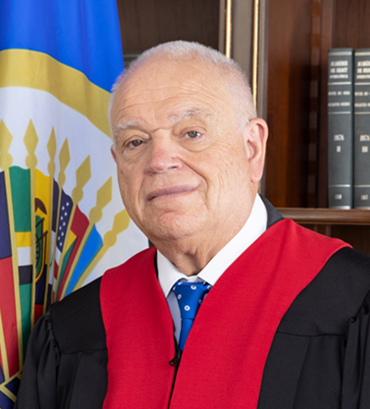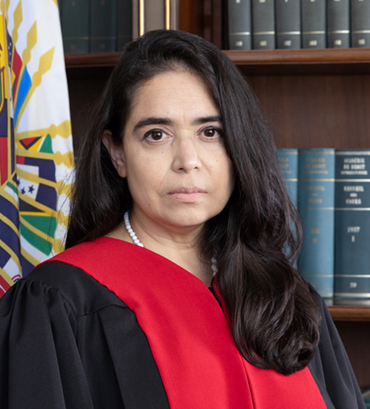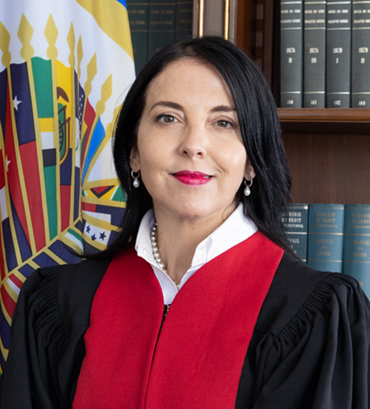THE COURT
What is the I/A Court H.R.?
The Inter-American Court is one of the three regional human rights protection tribunals, alongside the European Court of Human Rights and the African Court of Human and Peoples' Rights. It is an autonomous judicial institution whose aim is to apply and interpret the American Convention. The Inter-American Court has a contentious function, which includes the resolution of contentious cases and the mechanism for monitoring compliance with judgments; an advisory function; and the authority to order provisional measures.
